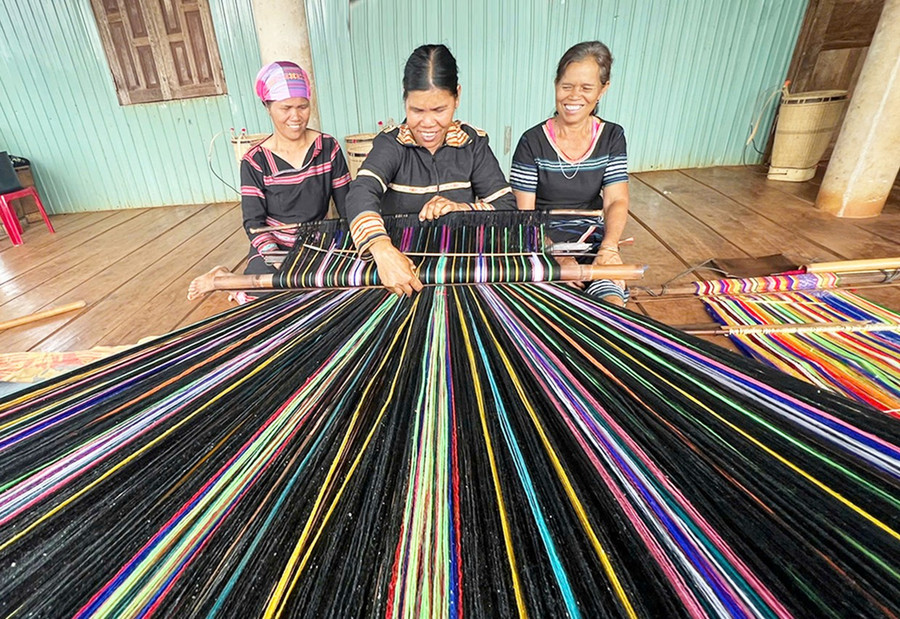
1. There was a time when traditional crafts such as brocade weaving and bamboo weaving were not given much attention, and were even at risk of being forgotten due to lack of investment resources, shrinking markets, and uncompetitive products. In some ethnic minority villages, there were only a few artisans left, and the elderly still maintained their crafts, while the younger generation was not very interested.
50 years of attachment to the traditional baskets of his people, perhaps that is also what Mr. Wet (Ngom Thung village, Ia Pet commune, Dak Doa district) feels most concerned about.
He shared: In the past, if young men did not know how to weave baskets or young women did not know how to weave cloth, it would be difficult to find a lover. Therefore, people like him all know how to weave baskets, weave cloth, and do traditional jobs. For a long time, Ngom Thung village has been famous for its many talented weavers.
“In previous years, I only woven for my family’s daily use and there were no buyers. In my free time, I would shave bamboo, split bamboo strips, weave baskets, trays, etc. just to satisfy my nostalgia for the profession. In recent years, thanks to the attention of the district and provincial agencies, departments and branches to find outlets, many people have sought to buy woven products. Currently, each basket costs from 150,000 to 300,000 VND, depending on the size and material,” said Mr. Wet.
Having more income and being able to make a living from their traditional occupation, everyone in Ngom Thung village is happy and excited. Mr. Dong said: “I have been involved in the weaving profession since I was a child. Thanks to the attention of the local government, this profession has brought a stable source of income for each family. Since then, many young people in the village have learned to weave baskets and have gradually become proficient. Every month, I also earn about 6 million VND from the basket weaving profession.”
As the most talented weaver in Ngom Thung village, Mr. Rinh said: Although he is only 40 years old, he has 20 years of experience in the weaving profession. Each month, he and his wife earn from 10 million VND or more from weaving. The products are selected by the local government to be exhibited.
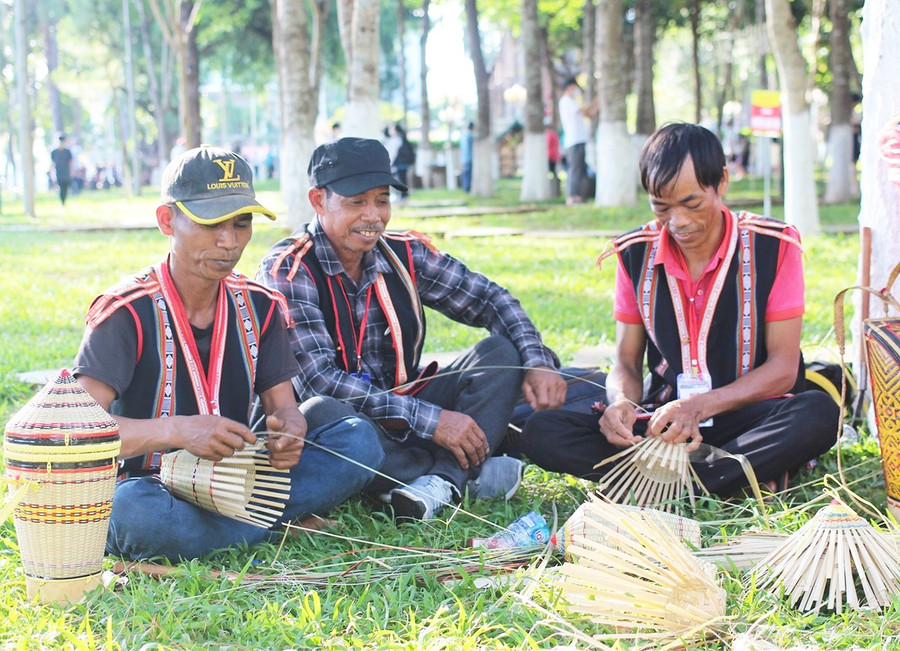
Mr. Le Van Bai - Cultural and Social Officer of Ia Pet Commune - said: To preserve the traditional weaving craft of the Jrai ethnic group, the Commune People's Committee has established the Ia Pet Commune Weaving Group; at the same time, it has created favorable conditions to support the Group in registering OCOP products. Currently, Ia Pet baskets are recognized as 3-star OCOP products. Along with that, the Commune People's Committee also supports the Group with funding to build a product display house and invest in a bamboo splitting machine for weaving.
2. Thanks to proactive connection and application of digital technology, many young people have quickly found outlets for traditional textile products associated with tourism development . Pioneers in this field include: Glar Agricultural and Brocade Weaving Cooperative (Dak Doa district); Chuet Ngol Village Brocade Weaving Cooperative (Chu A commune, Pleiku city); Ia Ka Commune Women's Brocade Weaving Club combined with community tourism and the Association of weaving and brocade weaving associated with community tourism (Ia Mo Nong commune, Chu Pah district); Mo Hra Community Tourism Village (Kong Long Khong commune, Kbang district)...
Ms. H'Uyen Nie - Vice President of the Ia Mo Nong Commune Women's Union, Head of the Association for Weaving and Brocade Weaving in Association for Community Tourism - said: The association has 30 members who are women members in the commune. In addition, the group also has 10 "young" members who know how to weave and perform gongs. In particular, 5 members have taken advantage of the coffee garden intercropped with fruit trees to create an agricultural tourism model. The members participate in guiding tourists to experience brocade weaving.
As a member of the Glar Agricultural and Brocade Weaving Cooperative, Ms. Seo (Dor 2 village) happily said: “Before, I weaved to serve my family. Since becoming a member of the Cooperative, I have been trained in weaving techniques and have been able to create difficult patterns. Thanks to the improvement of product quality, more and more tourists are ordering. Each month, I earn about 4-5 million VND.”
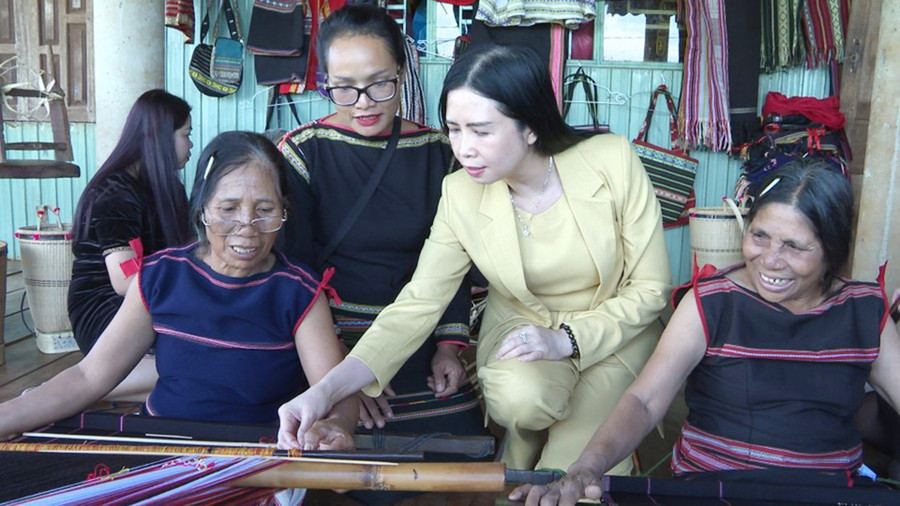
3. On July 7, 2022, the Prime Minister signed Decision No. 801/QD-TTg approving the "Program for preserving and developing Vietnamese craft villages for the period 2021-2030". Implementing the Prime Minister's Decision, Gia Lai strives to restore and preserve at least 129 traditional crafts and 208 traditional craft villages at risk of fading or being lost by 2030; recognize 213 new crafts and 96 traditional craft villages; develop about 301 craft villages associated with tourism. In addition, the province also strives for at least 50% of craft villages to have products with protected trademarks.
To achieve the set goals, the Provincial People's Committee assigned the Department of Agriculture and Rural Development (now the Department of Agriculture and Environment) to preside over and coordinate with relevant departments, branches, sectors, units and localities to organize the implementation of the program to preserve and develop traditional occupations and craft villages in the province; guide local ethnic minorities to reorganize production, build concentrated raw material areas as well as build a value chain linking craft villages and craft village products associated with the OCOP Program.
To date, the province has more than 430 OCOP products achieving 3-4 stars. Of these, there are more than 100 handicraft products of households and cooperatives; 106 brocade weaving clubs with more than 1,600 women participating.
Vice Chairwoman of the Provincial People's Committee Nguyen Thi Thanh Lich said: In recent times, the province has implemented many solutions to preserve and strengthen the internal strength of traditional occupations and craft villages in ethnic minority villages. However, in addition to the province's efforts, more support from individuals, communities and businesses for traditional occupations is still needed.
The province will also continue to promote and introduce traditional craft products to tourists through media channels and social networks so that traditional craft products are not only preserved but also promoted in value, contributing to sustainable economic development in ethnic minority areas.
Source: https://baogialai.com.vn/no-luc-phuc-hoi-nghe-truyen-thong-post317362.html



![[Photo] Visiting Cu Chi Tunnels - a heroic underground feat](https://vstatic.vietnam.vn/vietnam/resource/IMAGE/2025/4/8/06cb489403514b878768dd7262daba0b)




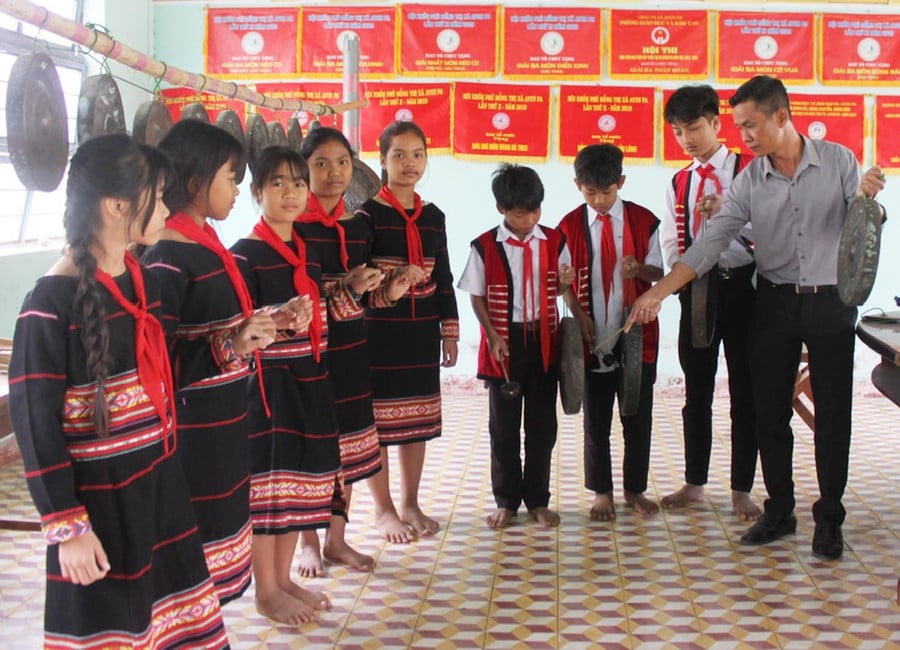
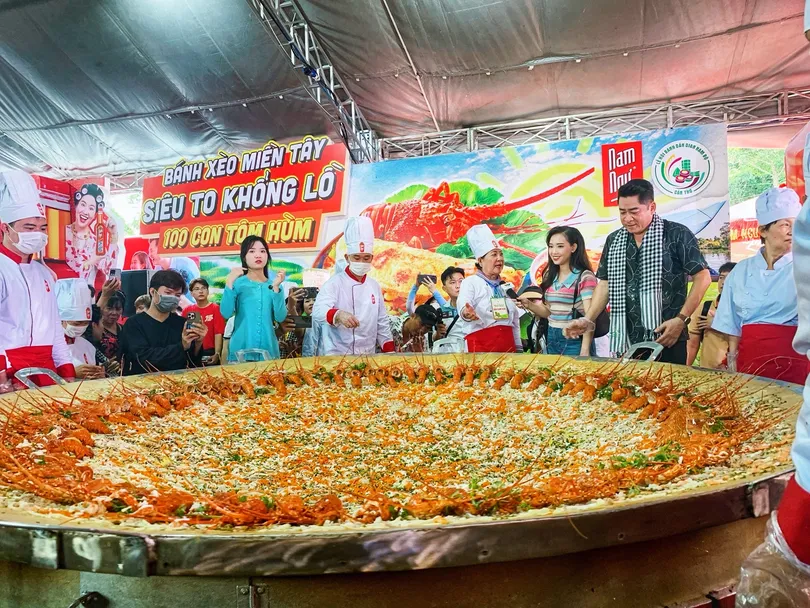



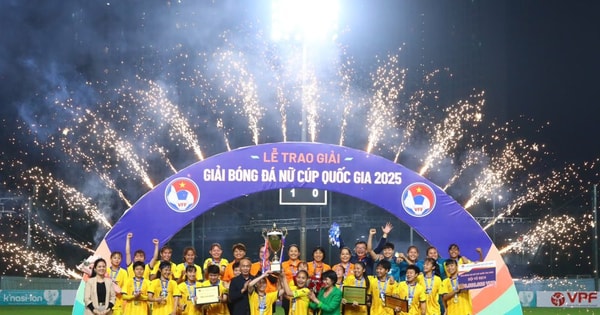



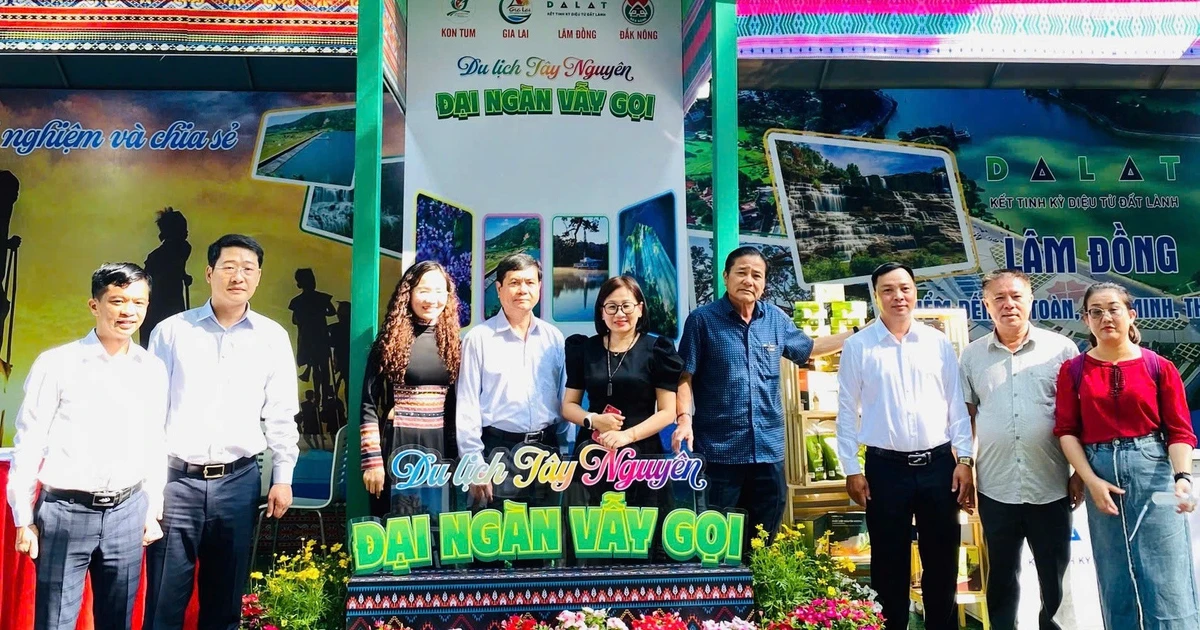
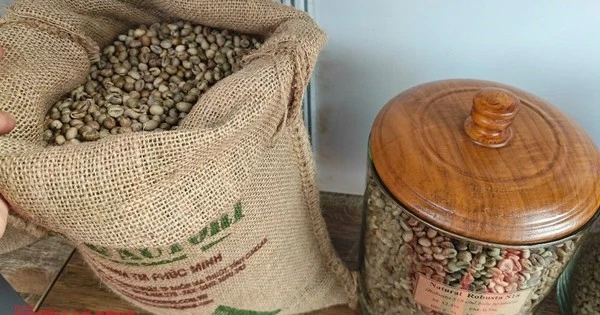
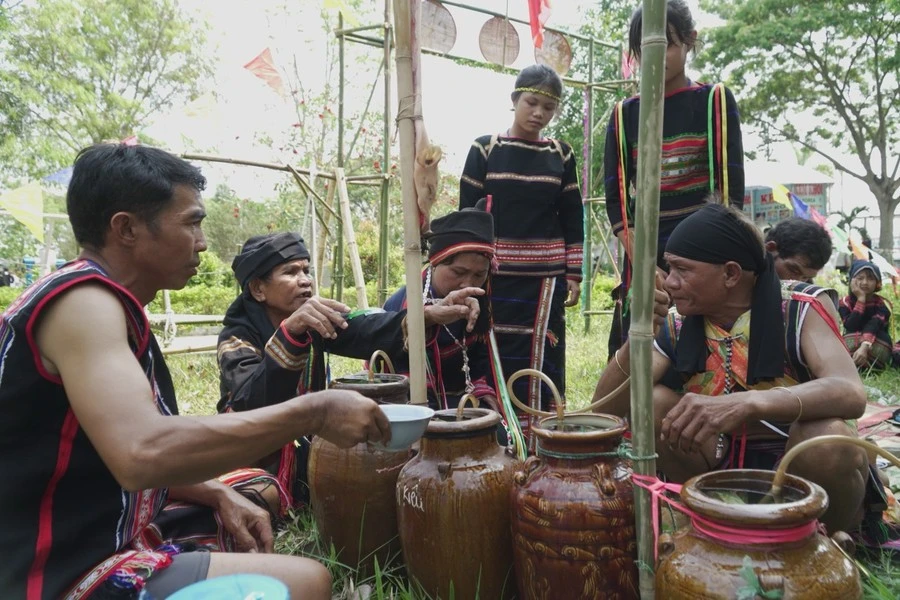

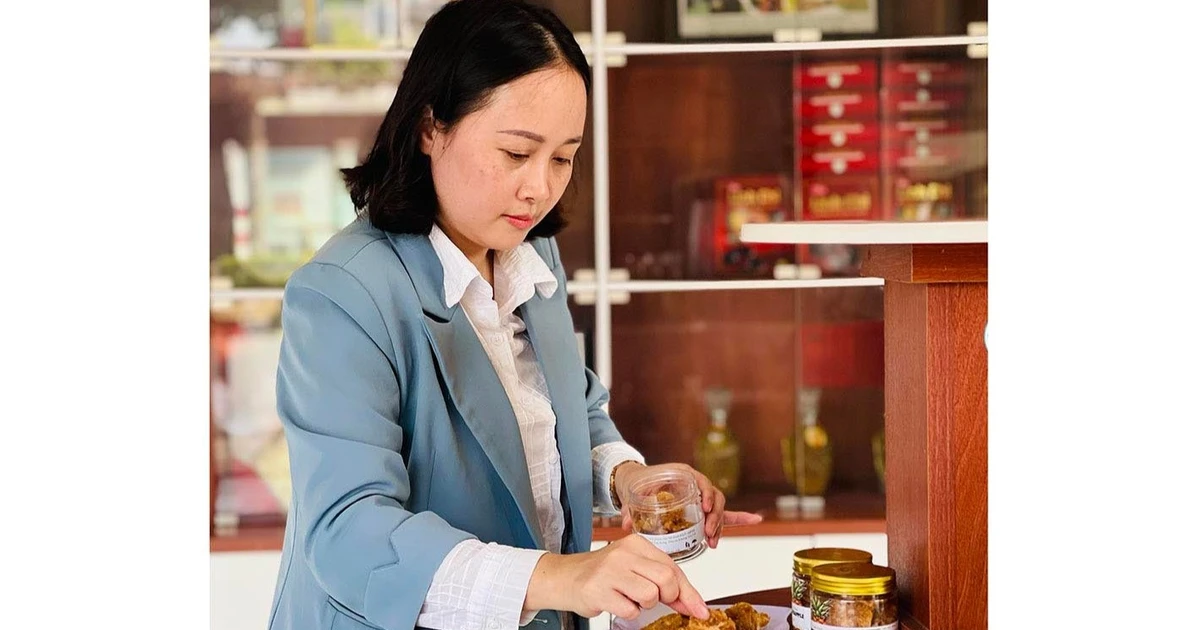




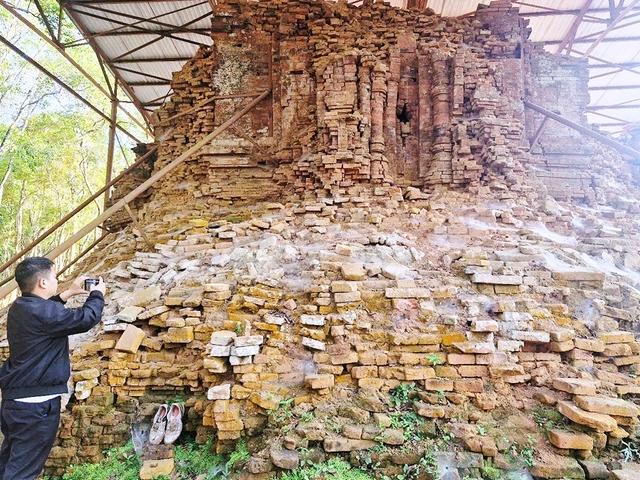





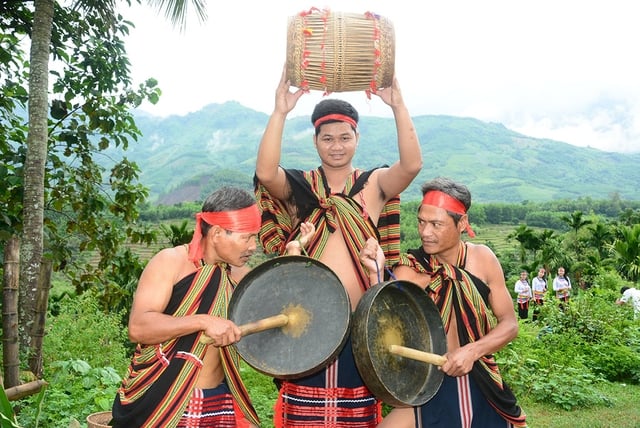





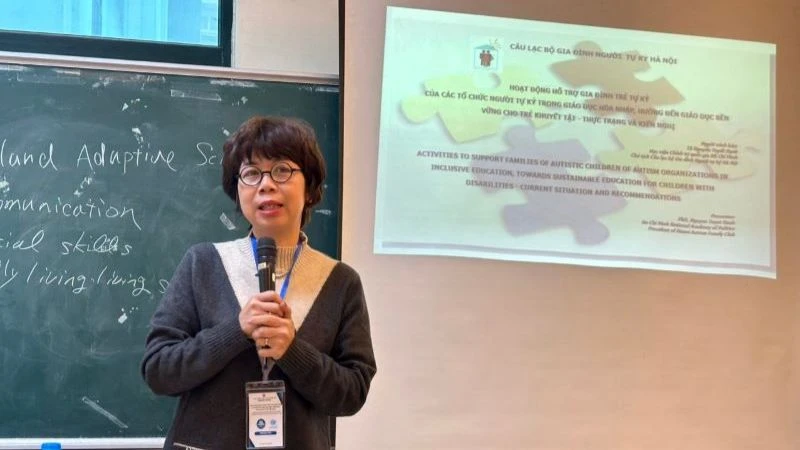



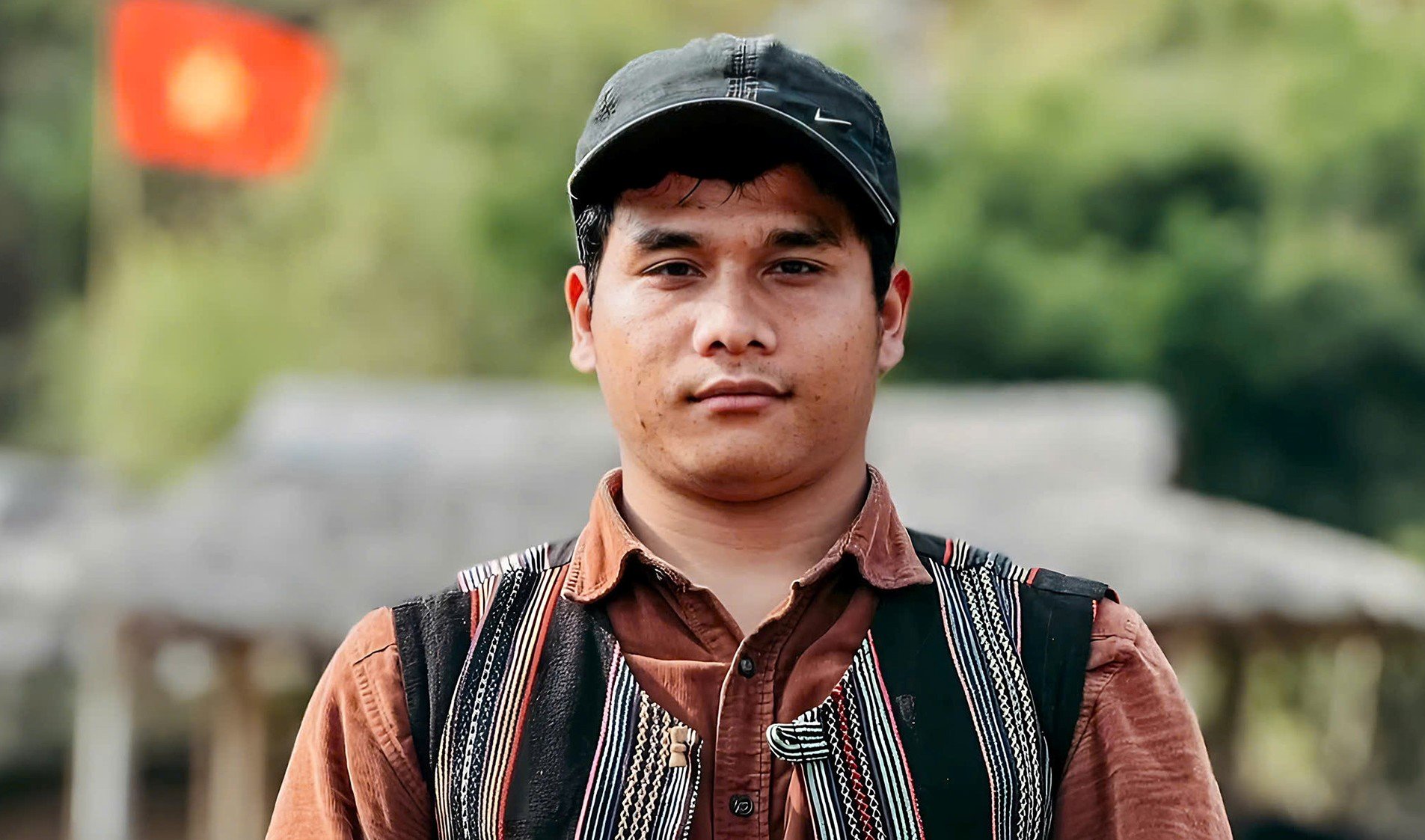

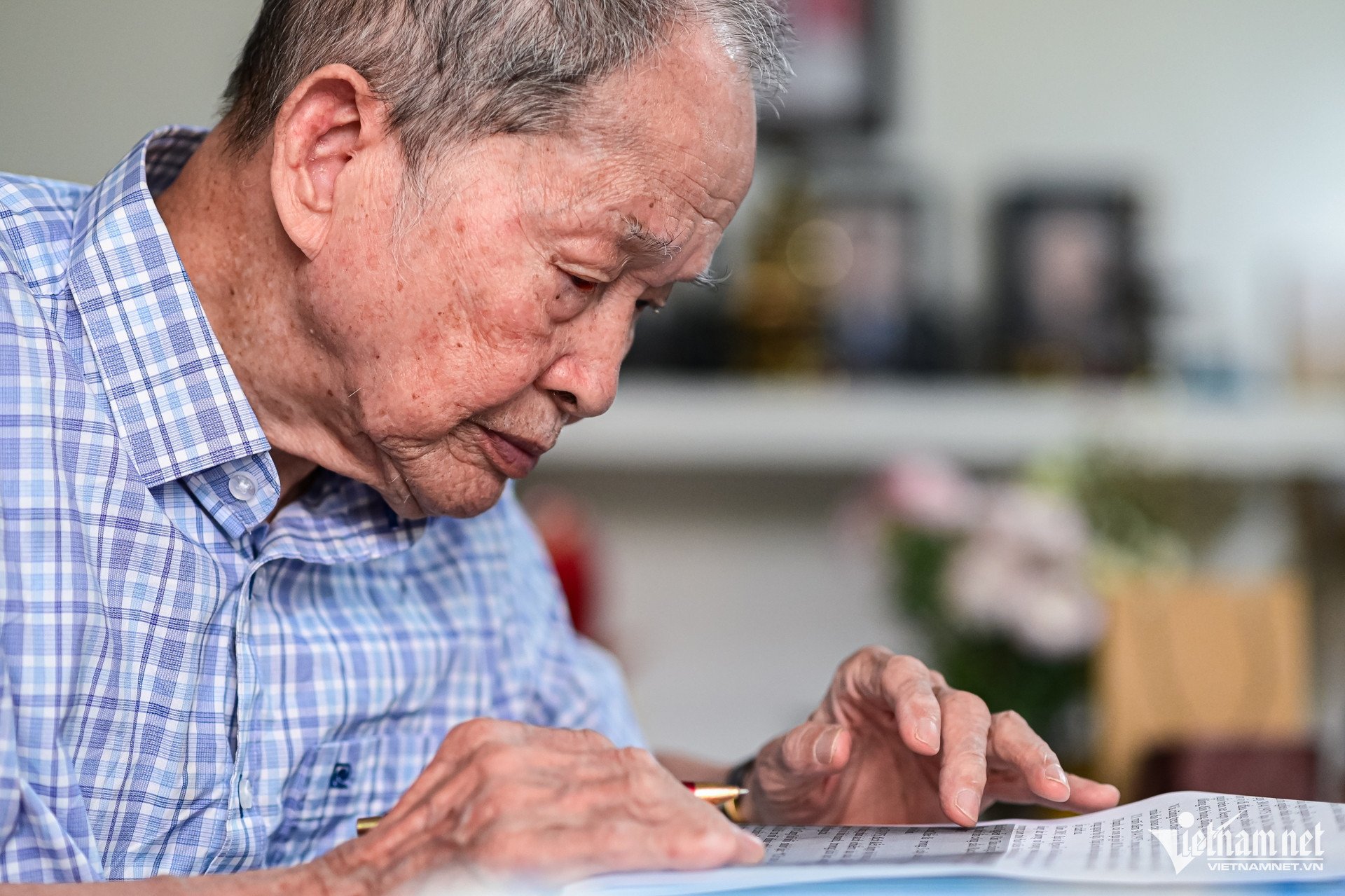






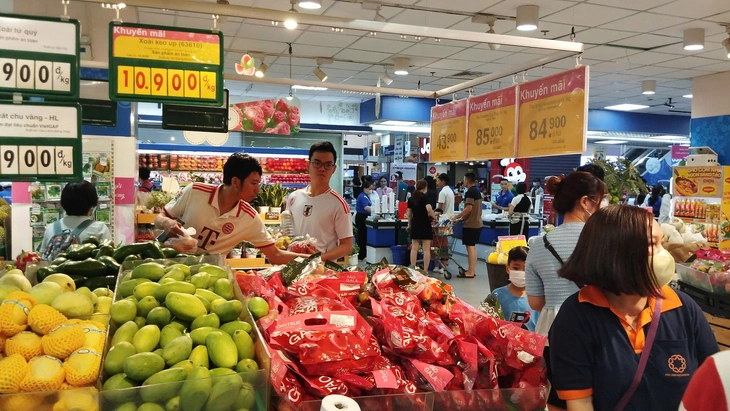















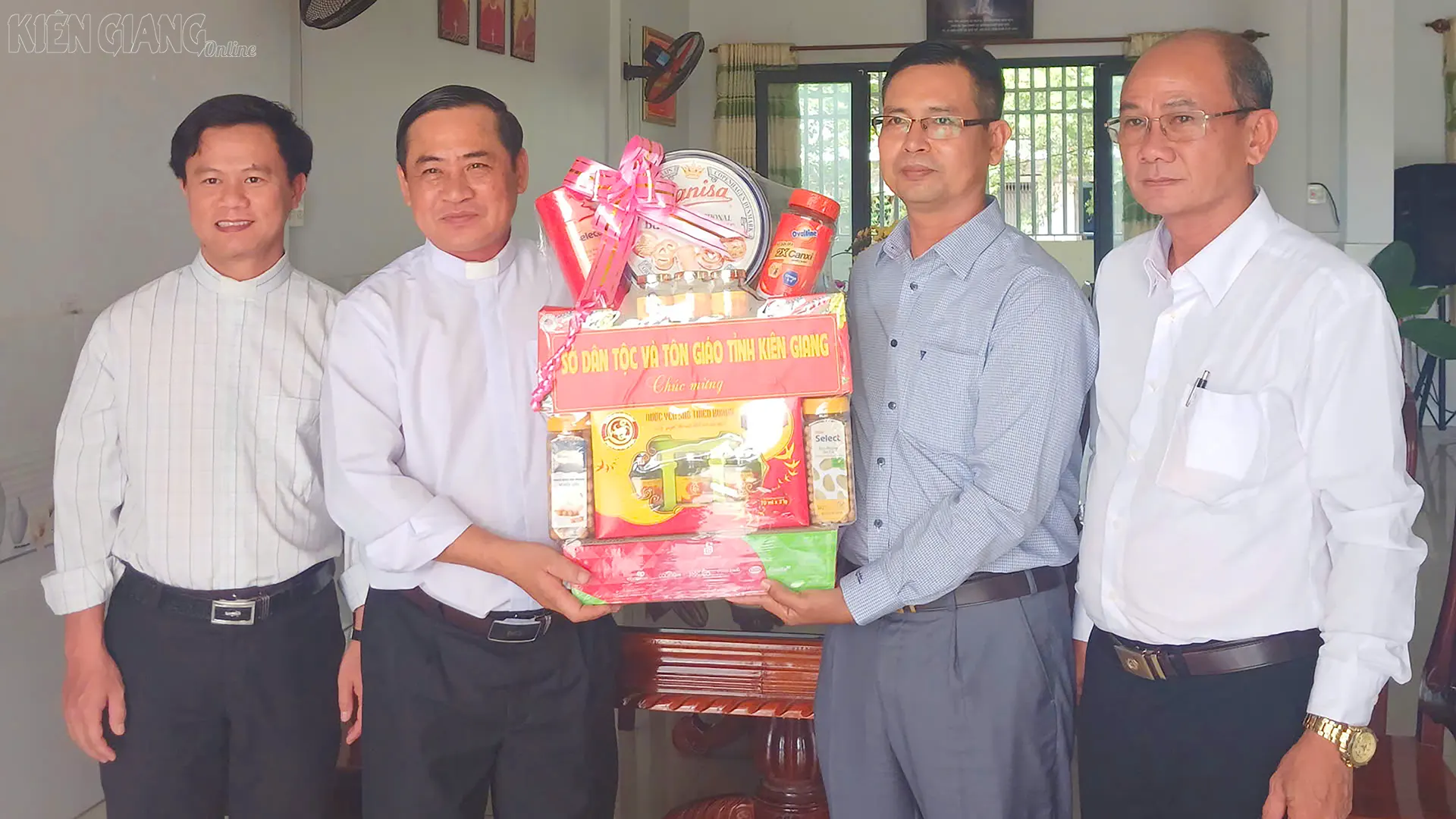
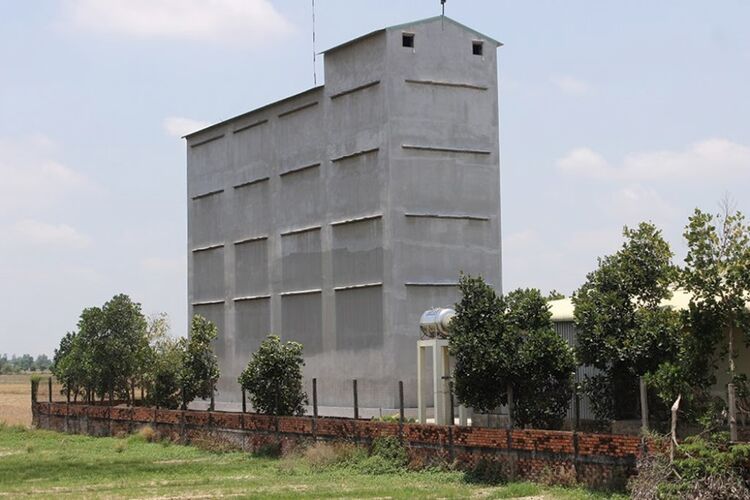
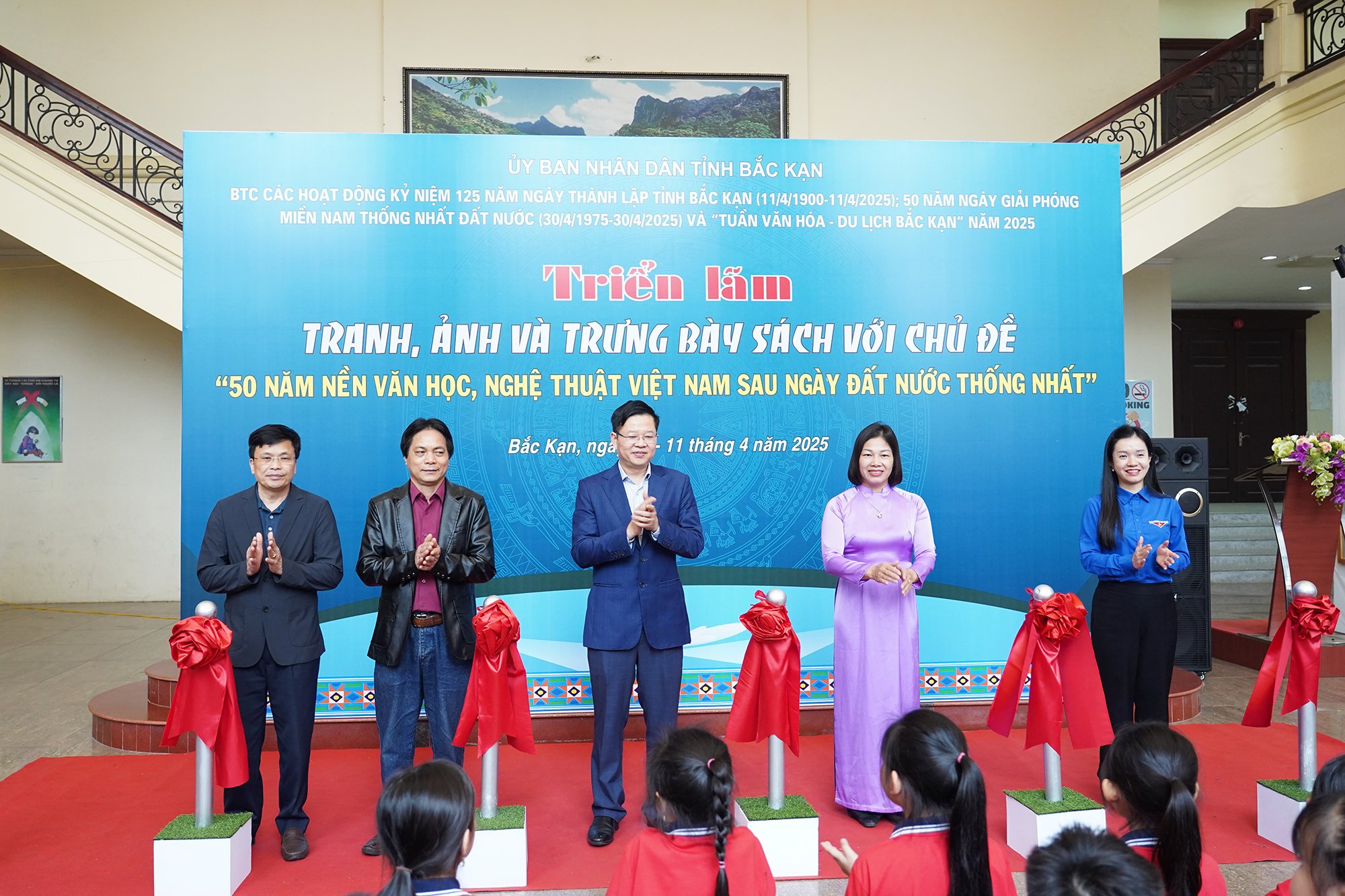
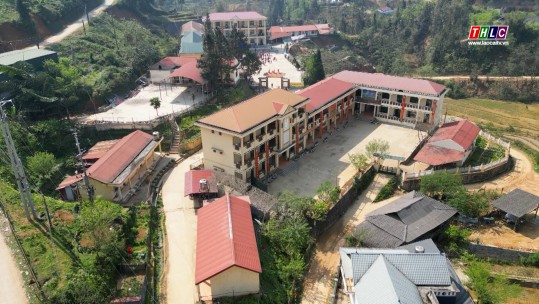





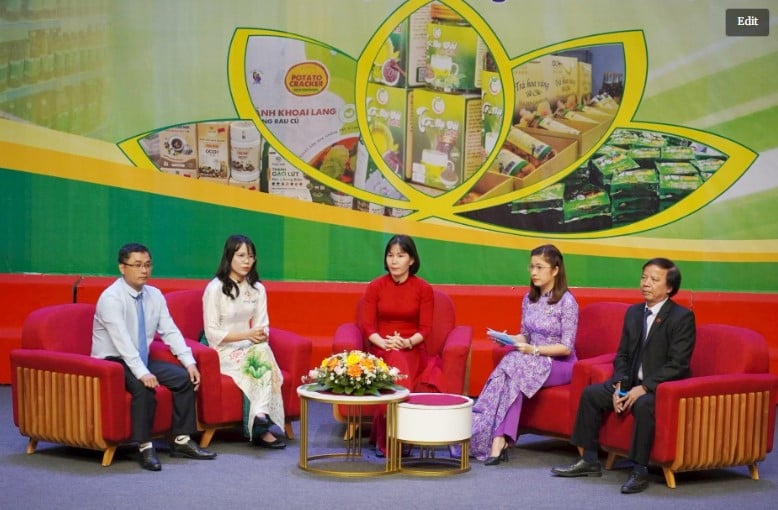

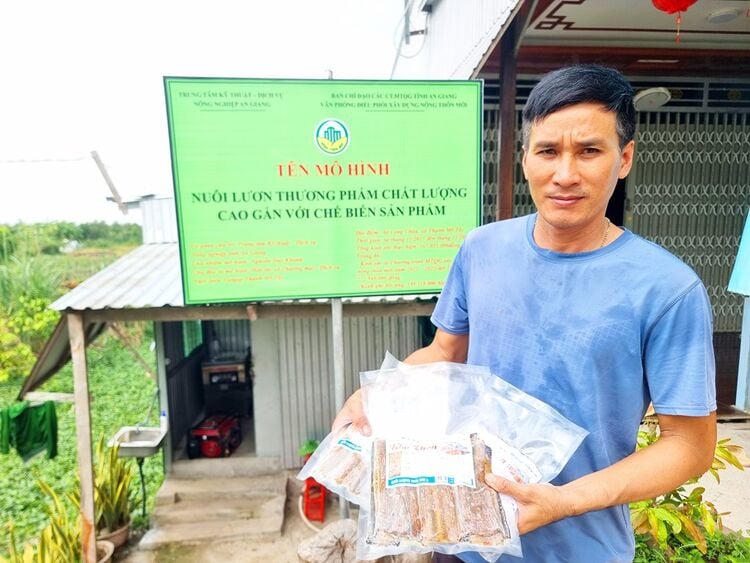
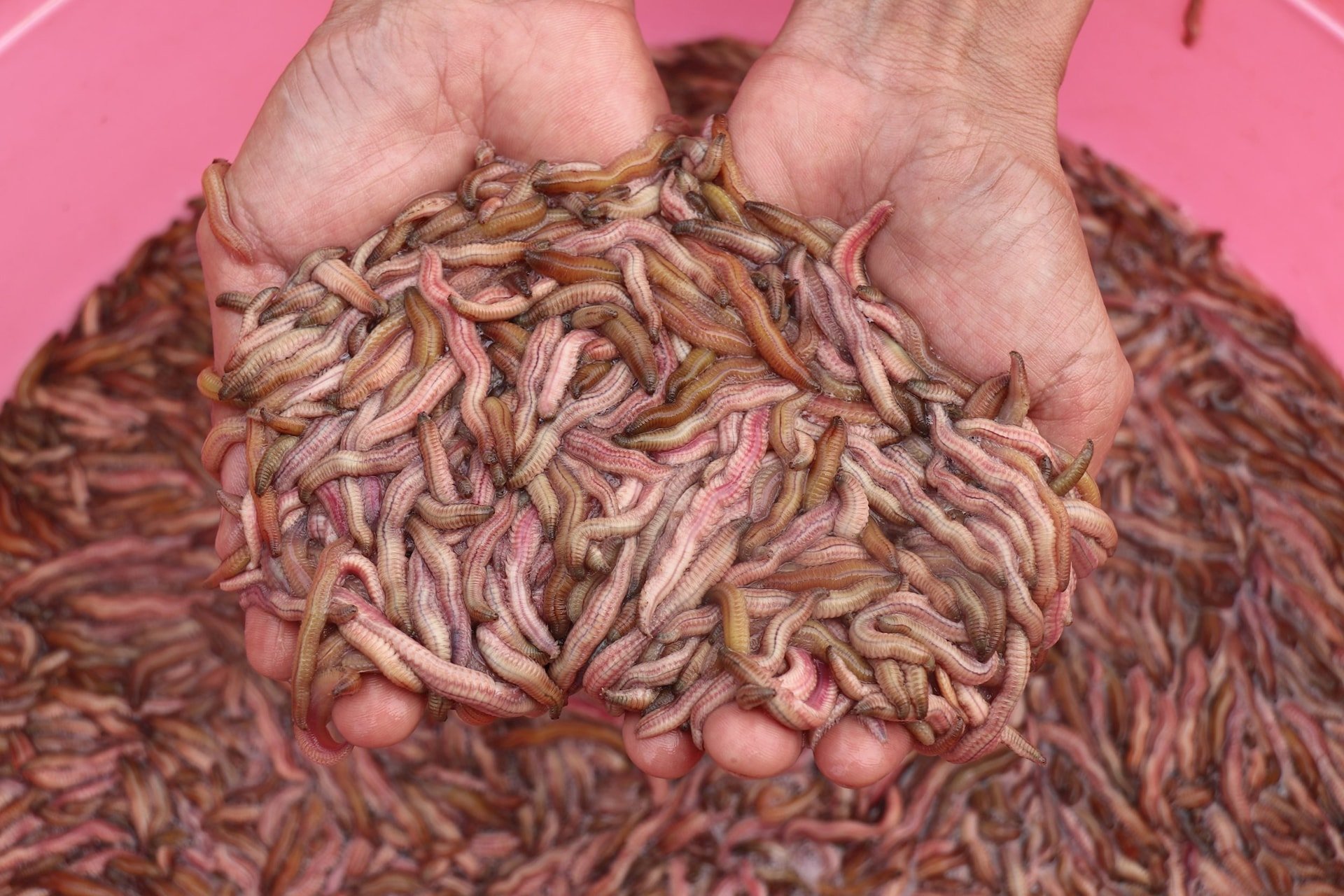
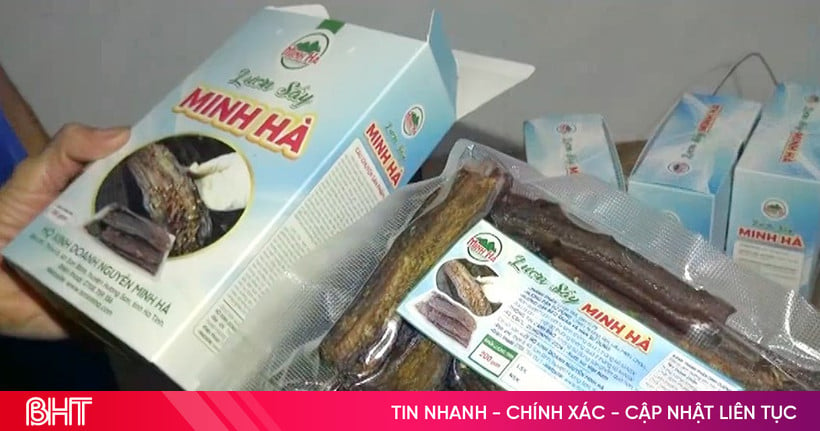

Comment (0)